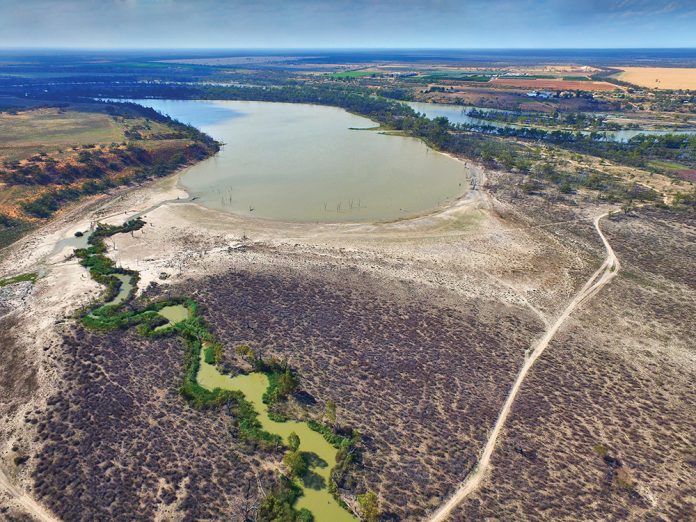By Sarah Ann Wheeler*
How best should water professionals confront scarcity? Professional backgrounds tend to predetermine one answer and often seek a silver bullet as the solution.
Engineers may want to build dams and desalination plants. Economists trust price signals to reflect costs. Water planners seek to educate the public about low-flush toilets or native plants. Officials resort to rations and restrictions.
The reality is that one strategy, by itself, is never enough. Faced with historic crippling drought, the Australian experience suggests that a multi-faceted response to water scarcity holds the best chance of success.
In the face of scarcity, governments and water managers traditionally rely on supply-side strategies. This mindset overlooks the diverse portfolio of tools that can improve our use of, and demand for, water.
On the provision side, options include upgraded infrastructure systems. Managers can make existing dams or piped networks perform better through optimised efficiency. Other gains are meant to come through technology that improves transport, covers dams, or lines earthen canals.
On the demand side, consider three approaches. Voluntary measures bring about change through amplified education and outreach. Regulatory plans may restrict irrigation, ban fertilisers and chemicals near watercourses, or mandate meter installation. Finally, economic instruments–water markets, prices, fees, taxes, social subsidies and rebates–link information and motivation under a non-coercive plan.
In recent decades, Australia found it had exhausted its effective, affordable, and ecologically benign supply-side measures. So it made a dramatic effort to manage demand. We put caps on licenses, increased regulation, boosted education outreach, escalated monitoring efforts, and introduced prices and charges for water.
Above all, we reformed property rights and established robust markets for water trading within the Murray- Darling Basin, Australia’s largest food producing area.
Reform in the Basin is often held up as a model for the rest of world to follow. Indeed, there is much to celebrate: the 2012 Basin Plan; the unbundling of water from land; the monitoring and consequent compliance of water use; the reform of water trade and allocation systems; the widespread adoption of water trade; high market efficiency; and the diversification of agriculture in the Basin.

To be sure, our ‘Millennium Drought’ of the 2000s curtailed irrigation, and agriculture and farmers suffered. Yet studies have demonstrated that if water markets did not exist, more farmers would have gone broke. Instead, markets allowed resilience.
During the worst years–when water allocations were at their lowest and rice farmers in New South Wales could not put their crop in–they sold their water for more than AUD$1000/ML on the temporary market. Downstream farmers bought that water to keep their vineyards or other permanent assets alive. This win-win would have been impossible without markets.
But the key isn’t to dump one strategy for another, adopt markets without caps, or embrace inputs over outcomes. The Basin also highlights what goes wrong when options are kept in isolation and are provided for social and political reasons.
One Basin programme offered AUD$6 billion to subsidise water-saving infrastructure, like timed sprinklers or drip irrigation. Some of the ‘saved’ water had to be returned to the government programme, and officials expected more efficient farmers to reduce irrigation demands.
Unfortunately, this ‘saved’ water was never necessarily ‘lost’ in the first place. Much of it had seeped into groundwater, which recharged system reflows. What’s more, some farmers simply reinvested their own water savings into more water-intensive crops, or brought more land into production with their new technology.
In sum, water economists repeatedly showed the paradox of efficiency: new irrigation technology by itself never actually leads to saved water; to the contrary it usually drives up demand.
Australia offers a case study about governments shifting water management priorities from supply-side approaches to demand-management options. Soft markets can enhance hard infrastructure.
But the biggest lesson is that people and nature are always changing. Climatic and human systems involve complex feedback loops that react in ways nearly impossible to predict.
To design a resilient response to water scarcity, a multi-faceted approach works best. To hit the target, avoid the silver bullet, and instead embrace the silver buckshot.








